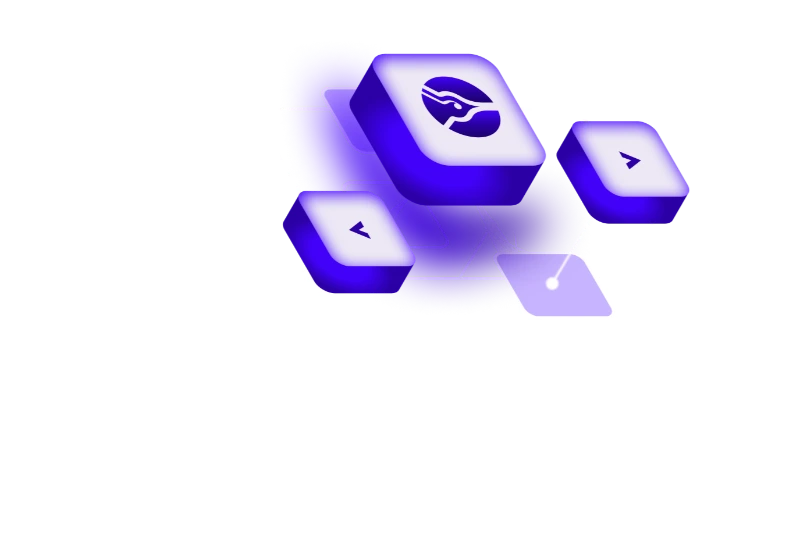A Deep Dive into Cross-Platform Power, Speed, and Simplicity
In the ever-evolving world of mobile app development, the demand for faster, more efficient, and cost-effective solutions is at an all-time high. Developers and businesses alike are seeking tools that allow them to build beautiful and functional apps for both Android and iOS without doubling their workload. This is where Flutter enters the stage — and steals the show.
Flutter is Google’s open-source UI software development toolkit that has been revolutionizing the mobile development scene since its release. In this article, we’ll explore what makes Flutter so powerful, why developers love it, and how it compares to traditional native development and other cross-platform frameworks.
What is Flutter?
Flutter is a cross-platform development framework that allows you to create apps for Android, iOS, web, desktop, and even embedded devices — all from a single codebase. Unlike frameworks that rely on platform-specific components, Flutter uses its own rendering engine and a rich set of customizable widgets to build UIs from scratch.
At its core, Flutter is powered by the Dart programming language, which compiles directly to native code. This ensures smooth performance and gives developers full control over the app’s behavior and UI.
Key Advantages of Flutter
1. One Codebase, Multiple Platforms
The biggest reason developers choose Flutter is its “write once, run anywhere” philosophy. You no longer need separate teams for Android (Java/Kotlin) and iOS (Swift/Objective-C). With Flutter, one team can maintain a single codebase, drastically reducing development time and costs.
2. Hot Reload = Developer Happiness
Flutter’s hot reload feature is a game-changer. It allows developers to instantly see changes in the app without restarting or losing the app state. Whether you’re tweaking the UI, fixing bugs, or testing new features, hot reload accelerates your workflow and boosts productivity.
3. Beautiful UIs with Custom Widgets
Flutter offers a rich collection of pre-designed widgets that follow Material Design (Android) and Cupertino (iOS) guidelines. But it doesn’t stop there — developers can easily create custom widgets or tweak existing ones for pixel-perfect control. This makes Flutter ideal for creating visually appealing apps that look and feel native on both platforms.
4. Near-Native Performance
Thanks to Dart’s AOT (Ahead-of-Time) compilation, Flutter apps are compiled to native ARM code, offering performance close to fully native applications. Combined with Flutter’s own rendering engine (Skia), animations and transitions are incredibly smooth.
5. Strong Community & Backing by Google
Flutter is backed by Google and has a growing developer community. Thousands of open-source packages are available to speed up development, covering everything from authentication and navigation to payment gateways and APIs. The community is active, supportive, and constantly pushing the ecosystem forward.

Use Cases: When to Choose Flutter?
Flutter is an excellent choice for:
- Startups and MVPs that need fast time-to-market with limited budgets.
- Enterprise applications that require consistent design and functionality across platforms.
- E-commerce apps with complex UIs and animations.
- Education and productivity tools that need rapid iteration and scalability.
- Apps with high design fidelity and brand-specific styling.
If you’re building a high-performance mobile app that needs to run on both iOS and Android, Flutter is one of the best solutions available today.
Flutter in Real Life: Who’s Using It?
Flutter isn’t just for hobby projects — major companies are betting on it.
- Google Ads: Built using Flutter, offering full functionality across Android and iOS.
- Alibaba: One of the world’s largest e-commerce platforms uses Flutter for parts of its app.
- Reflectly: A mental health journaling app, known for its stunning UI and animations, was built entirely with Flutter.
- BMW, eBay, Tencent and other giants are actively exploring or already using Flutter in production apps.
These real-world applications showcase Flutter’s scalability, flexibility, and production-readiness.
Learning Curve: Is Flutter Beginner-Friendly?
Yes! Flutter is often praised for its developer-friendly documentation and vibrant community. Dart is an object-oriented language with a syntax similar to JavaScript and Java, making it relatively easy to pick up if you have experience in those languages.
Flutter’s widget-based approach to building UIs can take a bit of adjustment, but once understood, it allows for incredible speed and consistency.
Many beginners build fully functional apps within a few weeks of learning Flutter — and that’s something rarely seen in native app development.
The Future of Flutter
Google is heavily investing in Flutter’s future. With support for:
- Web and desktop apps (Windows, macOS, Linux),
- Embedded devices (like automotive displays),
- FlutterFlow and other low-code tools,
…it’s clear that Flutter is more than just a mobile framework — it’s an entire platform for app development.
As the ecosystem matures, we can expect even better tooling, faster performance, and broader adoption across industries.
Final Thoughts
Flutter is not just a trend — it’s a powerful framework that’s redefining how we build apps. With a single codebase, blazing performance, and the ability to deliver beautiful user experiences across multiple platforms, Flutter empowers developers and companies to move faster, build smarter, and scale bigger.
Whether you’re a freelance developer, a startup founder, or an enterprise team leader — Flutter is worth your attention.
Start learning Flutter today — and build once, run everywhere.

